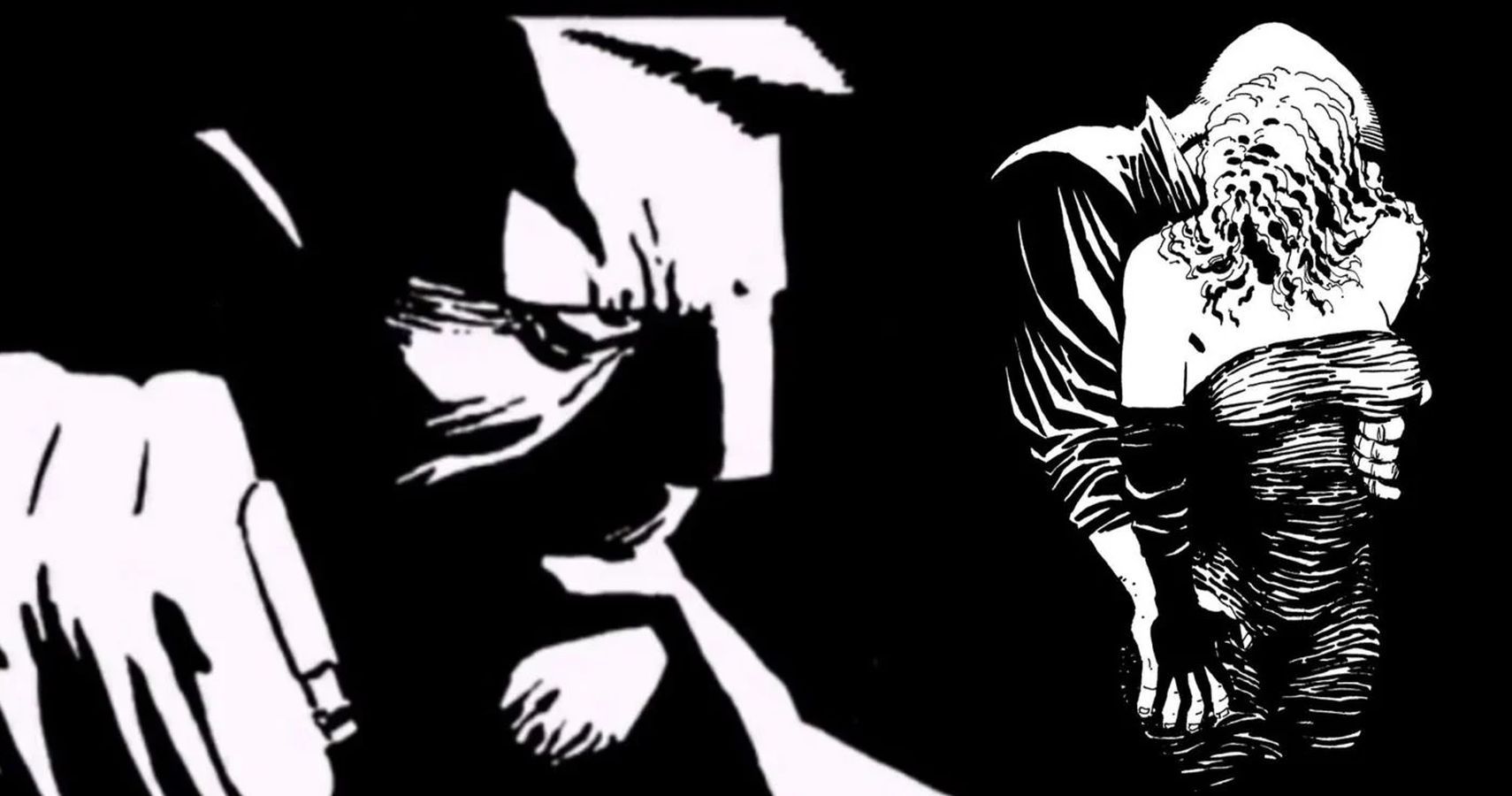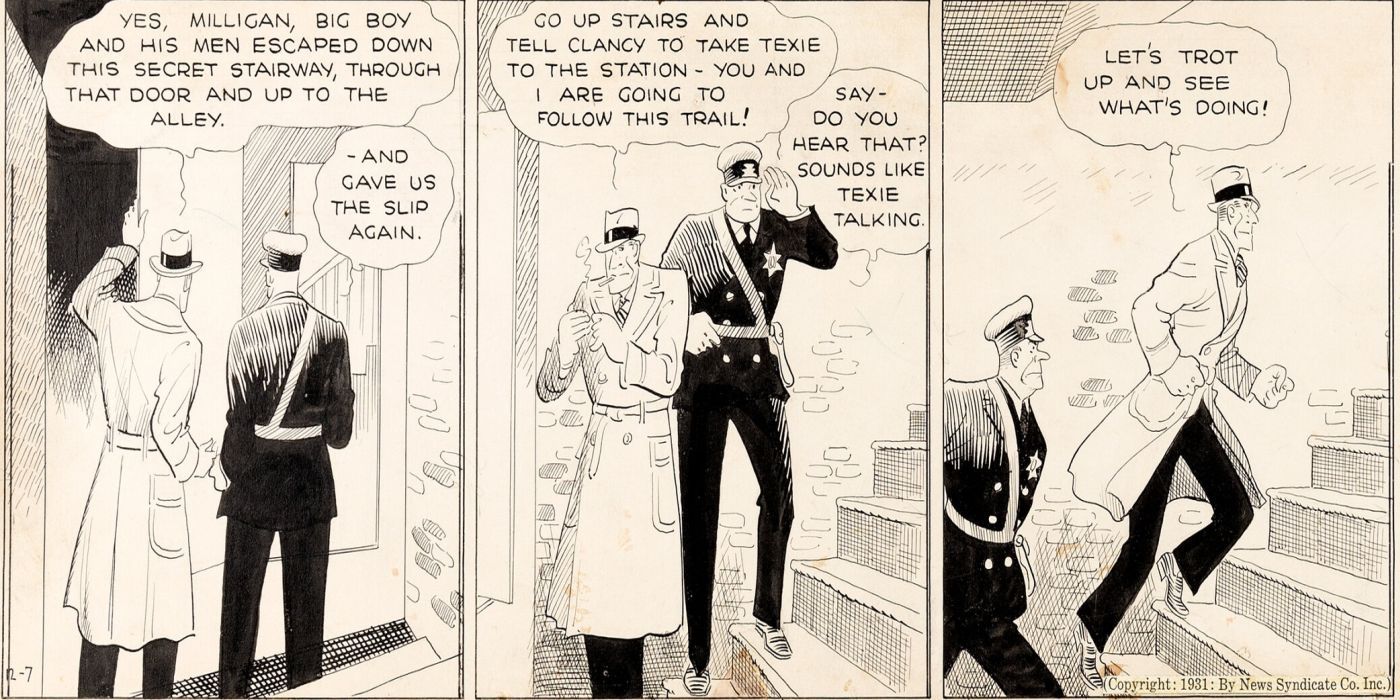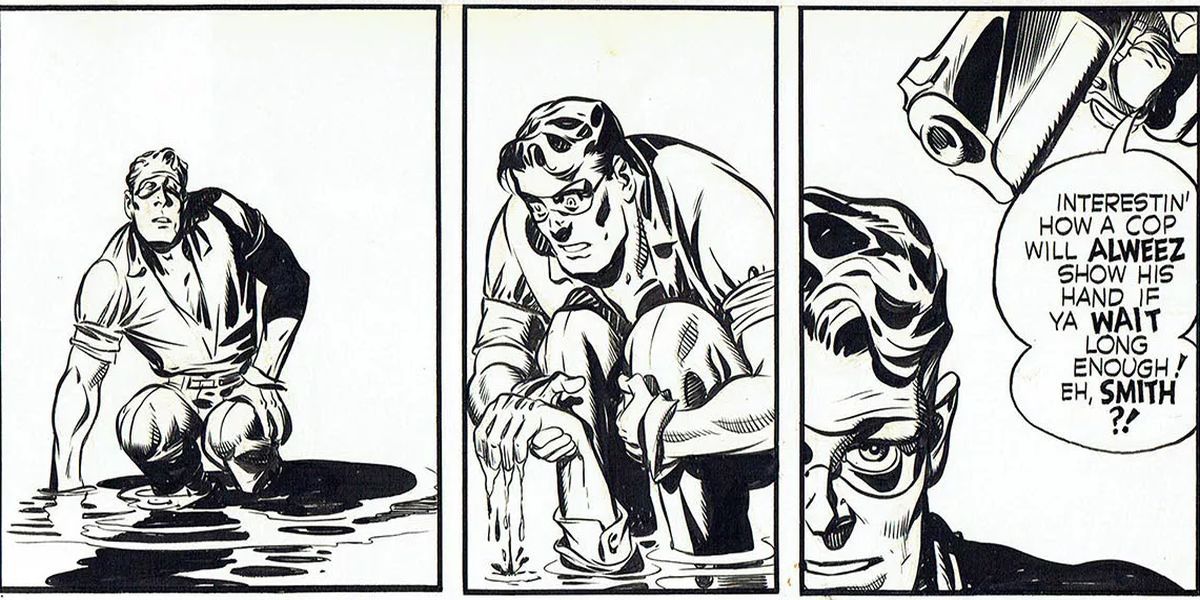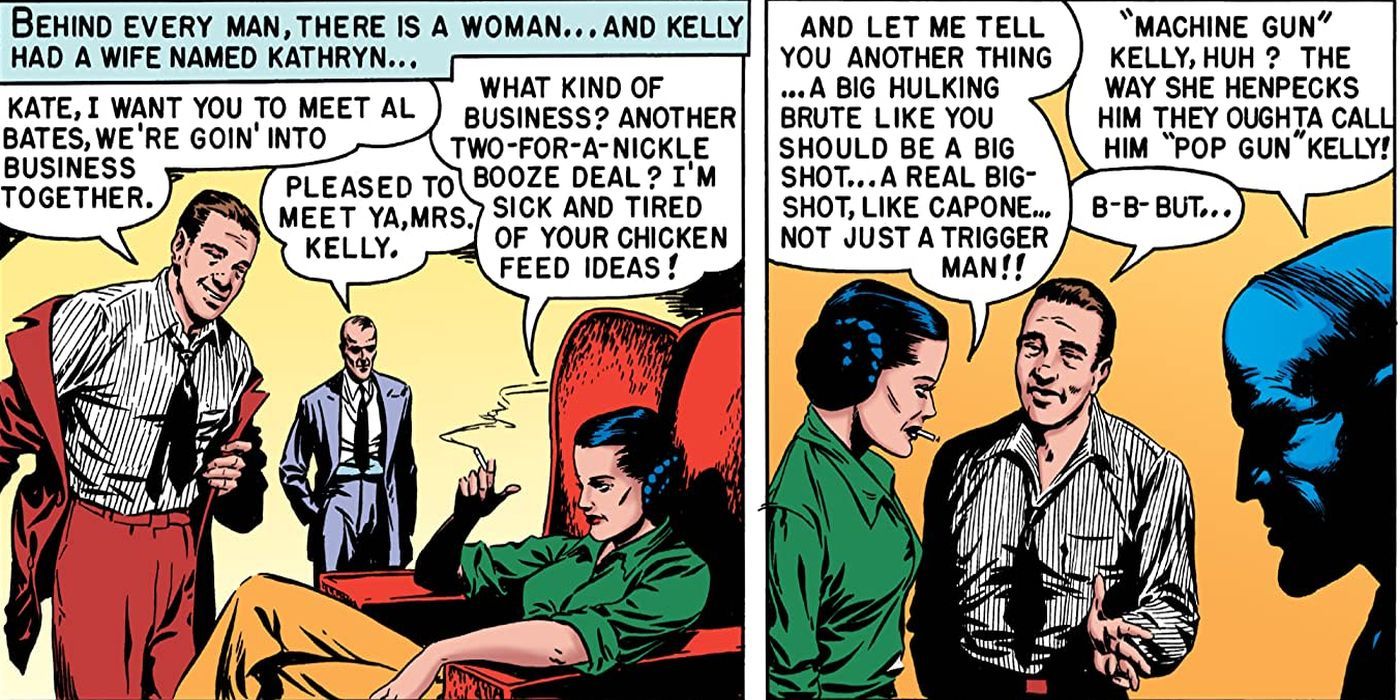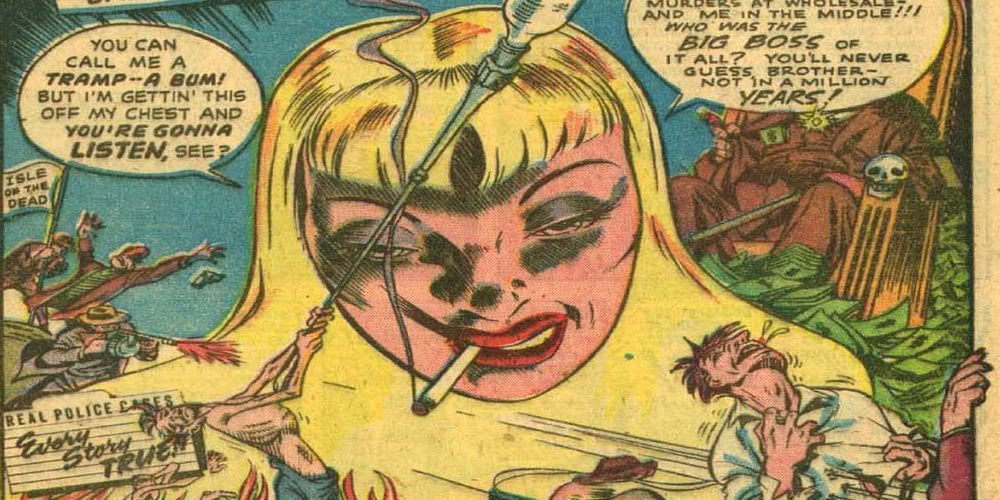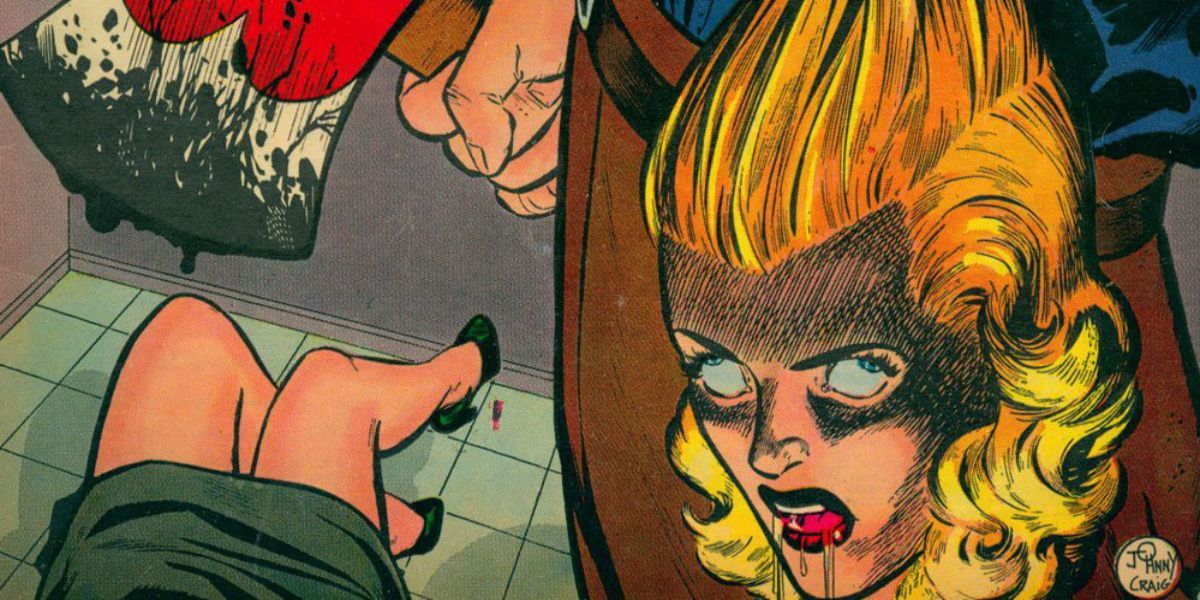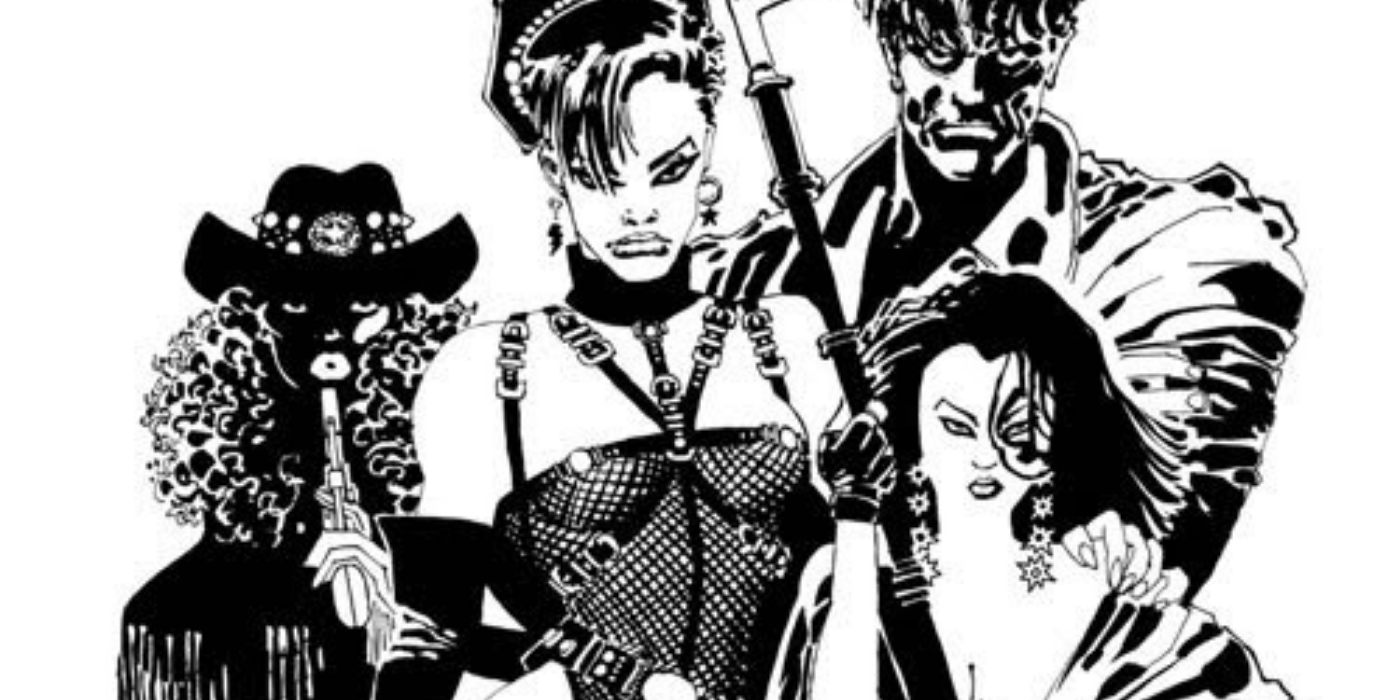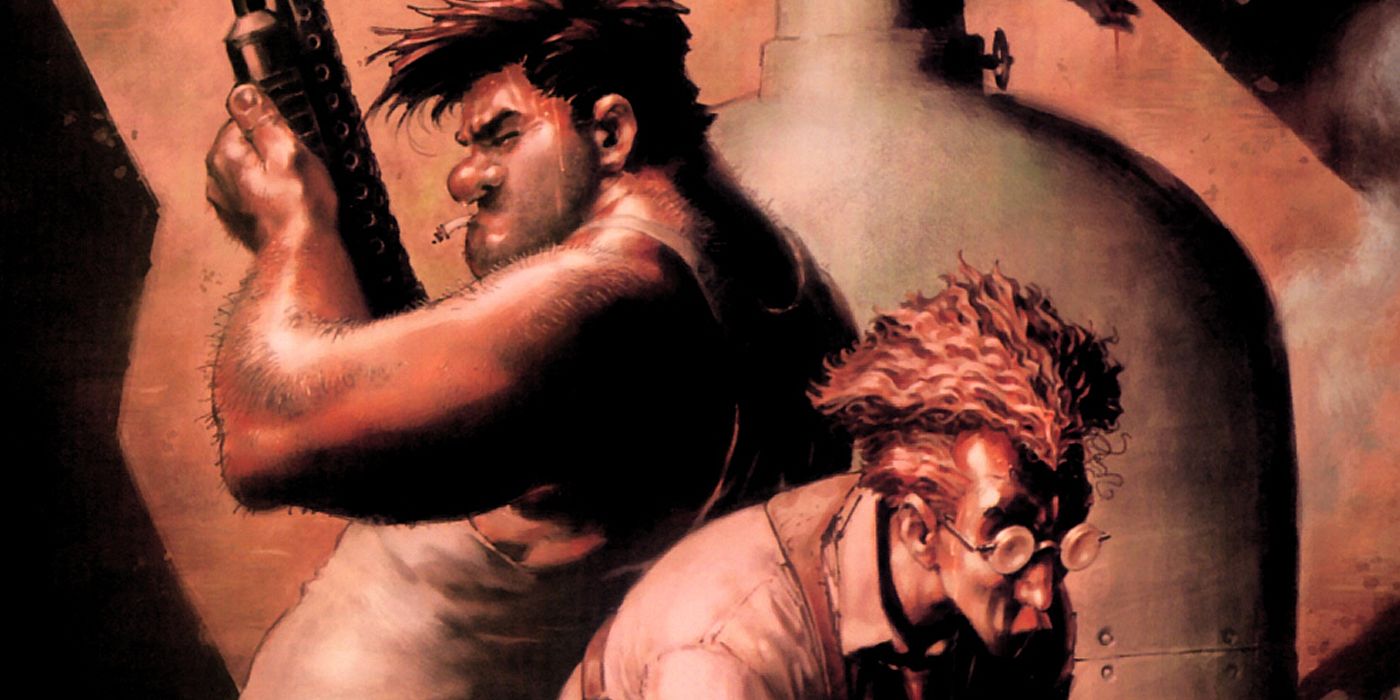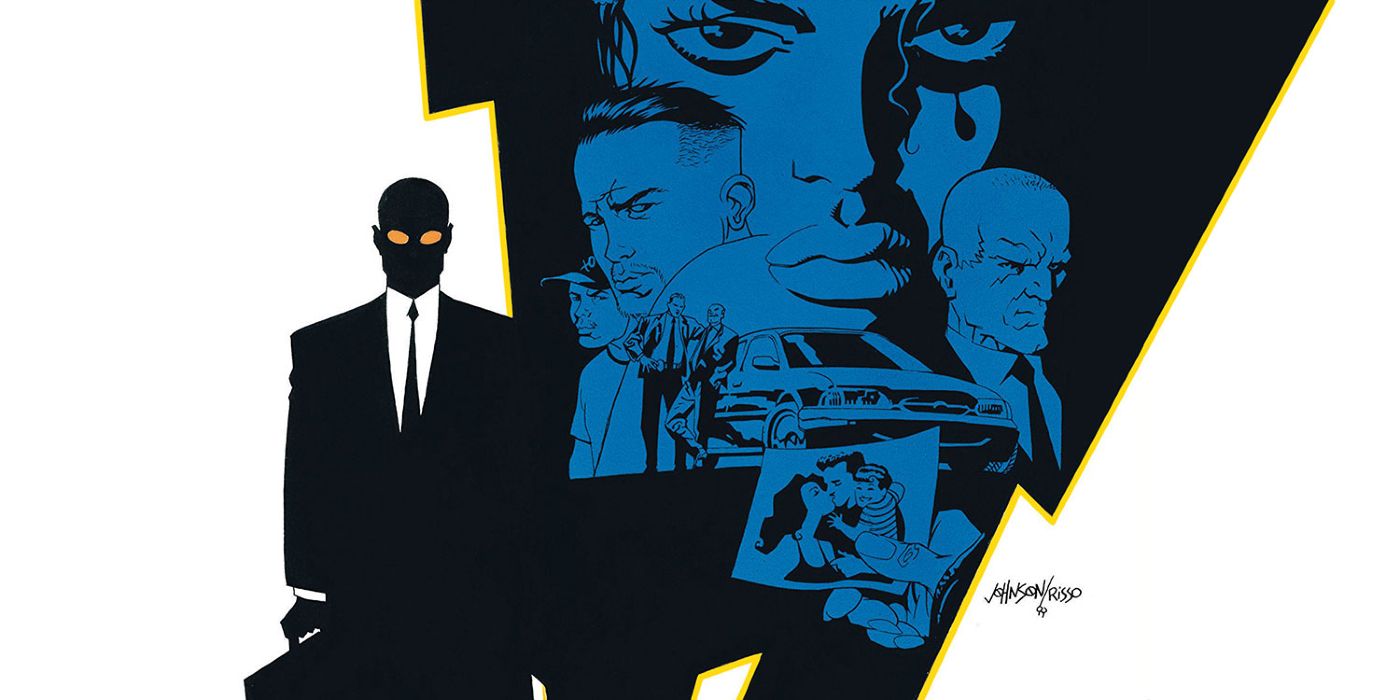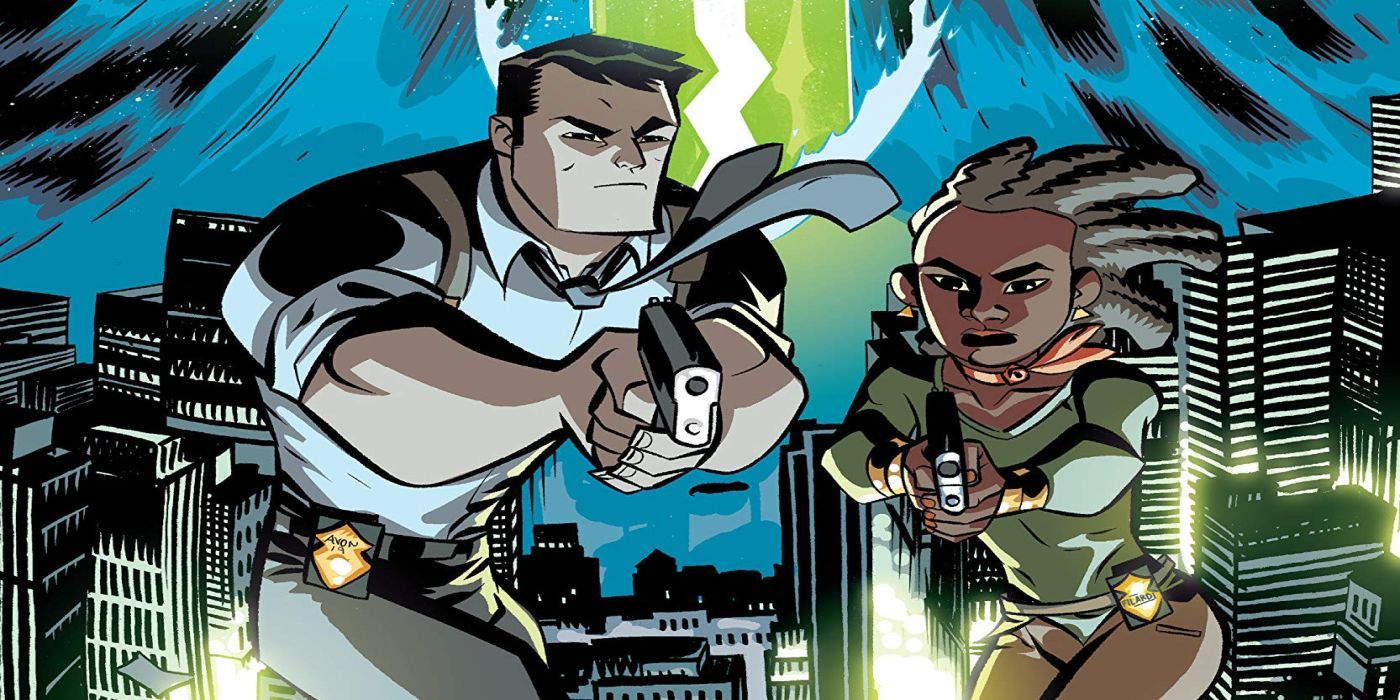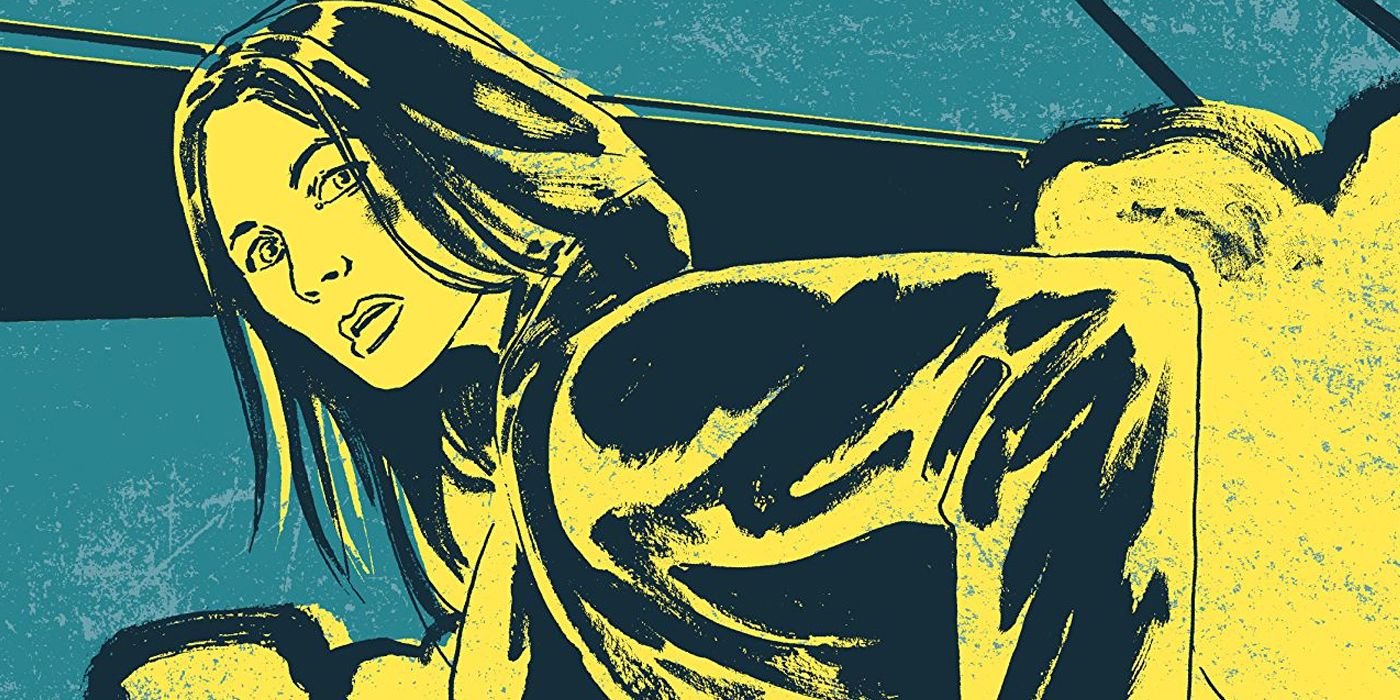Superheroes weren't always the bread-and-butter of comic books. Before Superman, stories focused on genres such as fantasy, humor, and crime. In fact, the latter is what Detective Comics featured before a certain Dark Knight debuted in issue 27.
The popularity of crime comics has surged and waned over time. Unfortunately, the violence displayed in some of them was one of the reasons the Comics Code Authority was established in the 1950s. Yet, they remain influential to a new generation of creators in the Modern Age of comics.
10 Dick Tracy (1931) Fought Gangsters Before Crazy Criminals
Before Two-Way Wrist Radios and villains like Flattop, the Dick Tracy comic adopted a sense of realism in its stories. In this case, Tracy was originally a private investigator. He agreed to join the police after the murder of his girlfriend's father.
Dick Tracy is an influencer as well as influenced by other genres. An intelligent individual, the character applied forensic science to cases long before it was a common procedure. On the other hand, as the series progressed, creator Charles Gould incorporated characters with the crazy names and characteristics of superhero villains.
9 The Spirit (1940) Channels Multiple Crime Genres In His Adventures
The Spirit came into being when newspapers wanted to get into the burgeoning world of comic books. As a result, a 16-page supplement called "The Spirit Section" was created in 1940. Among its features is the tale of a detective whose only costume is a blue-black mask.
The Spirit circled across many genres during its decade-long run. It could focus on hard-boiled crime one issue and light humor the next. In a way, creator Will Eisner textured and shadowed its panels was a precursor for the noir genre. His influence is so strong that an award was created in his name in 1988 to honor achievement in comic books.
8 Crime Does Not Pay (1942) Started The Trend Of Real Crime Comics
Published between 1942 and 1955 by Liv Gleason Publications, Crime Does Not Pay set a lot of firsts. It was the first comic book in the crime genre. It is noted as the initial series based on the retelling of true crime stories. Furthermore, Crime Does Not Pay opened the comic book market to older adolescents and young men.
The series is known for artwork that depicts extreme violence and the frankness of adult relationships. Early into its run, a character named Mr. Crime began to narrate the series through darkly humorous rants. After the end of World War II, Crime Does Not Pay reached a monthly circulation of one million copies.
7 True Crime Comics (1947) Is One Book That Encouraged The Comics Code
True Crime Comics is another series that features illustrated stories based on real-life events. Debuting in 1947, the issues are designed by Jack Cole. He worked with Crime Does Not Pay artist Charles Biro in the 1930s.
Unfortunately, True Crime Comics is influential for the wrong reason. A story from the first issue, "Murder, Morphine and Me" featured a dream sequence where a woman is shown about to have a hypodermic needle pushed into her eye. This image is one used in 1951 by the New York Legislative Committee to Study the Publication of Comics. The goal of the commission was to address the depiction of violence in the industry.
6 Crime SuspenStories (1950) Featured Tales Of Murder And Revenge
Entertainment Comics (EC) got into the crime genre in the 1950s with two books. The first, Crime SuspenStories, tackled fictional, noir-style tales of violent crime. Unlike other comics books of the time, SuspenStories featured short-fiction writers that focused their stories on magazines. Furthermore, the art is more stunning and jarring than in the superhero genre.
Two years later, EC released Shock SuspenStories. Instead of a focus on murder and mayhem, the creators looked at other elements of criminal activity. These include police corruption, mob hysteria, and drug addiction. The fourteenth issue of the series features stories about a 10-year-old murdering their father and a bigot whipping his daughter thinking she's her Hispanic boyfriend. Both tales were brought up for questioning in 1954's Senate Subcommittee to Investigate Juvenile Delinquency.
5 Sin City (1991) Returned Noir Back To Comic Books
The crime genre practically folded in 1955 after the publication of Seduction of the Innocent and the creation of the Comics Code Authority. Though there were still stories, their violence and adult situations were considerably muted. It wasn't until the early 1990s that things started to turn around for the genre.
This was due to Frank Miller's Sin City. Initially released as part of Dark Horse Comics Presents Fifth Anniversary Special, the story set up a neo-noir tale of Basin City and its numerous goings-on. Influenced by old crime movies, Miller used darkness, shadows, and small snatches of color for a grittier feel.
4 Sam & Twitch (1999) Revealed The Growing Popularity Of Non-Superhero Comics
The early 1990s is an era of rapid growth in the comic book industry. Thanks to an insurrection by several Marvel writers and artists, Image Comics became one of the new markets for independent creators. Its offerings varied between superhero stories like Youngblood and unique genre hybrids such as Spawn.
It's this former title that featured a pair of police named Sam & Twitch. They aren't portrayed as ineffectual or unnaturally comedic. Instead, the pair are shown as solid homicide investigators on the force. Their popularity led to a series of Sam & Twitch books starting in 1992. Eventually, the writing duties were taken on by Brian Michael Bendis.
3 100 Bullets (1999) Poses A Question About Justifiable Revenge
Today's comic book readers probably known Brian Azzarello from his stint on the New 52's version of Wonder Woman, New 52: Future's End, and his co-writing duties with Frank Miller on DK III: Master Race. Before taking all of those supertasks on, Azzarello had another career. It is on the incredibly successful and award-winning 100 Bullets.
The Vertigo series focuses on this question: If given the means, what level of violent revenge would you perform? A mysterious figure named Agent Graves provides people with a gun, 100 bullets, and information about the individual that caused their woes. As the series continues, Azzarello weaves their stories together into a singular plot about a clandestine organization named the Trust.
2 Powers (2000) Mixes Police Procedural With Superheroes
The police are a major part of many superhero titles. For instance, Batman fans know as much about the personalities of the Gotham City Police Department as they do the Dark Knight. However, it took a long time for these organizations to be recognized in their own series like Gotham Central.
Fortunately, Powers helped influenced other companies to produce similar series. Created by Brian Michael Bendis in 2000, the series mixes the genres of superheroes, noir, and police procedurals. It takes place in a universe where people called Powers serve the public in parallel with the police. Two Chicago detectives, Christian Walker and Deena Pilgrim, investigate the unusual deaths of superheroes and those that have a tangential relation to them.
1 Stumptown (2009) Influenced The American Detective Genre In Comics
Oni Press' Stumptown does more for the female crime drama than a series like Marvel's Alias. In the latter, the protagonist is a private detective with superpowers. In the former, Dex Parios has no powers. Truth be told, even her private investigation skills are somewhat questionable.
What the Greg Rucka-written series does is something similar to House M.D. or even Sherlock Holmes stories. It presents someone who wants to do good. Yet, they have plenty of demons that sometimes get in the way. In Dex's case, it's a gambling problem. Despite this, Stumptown is influential enough that it resulted in a short-lived ABC series.

